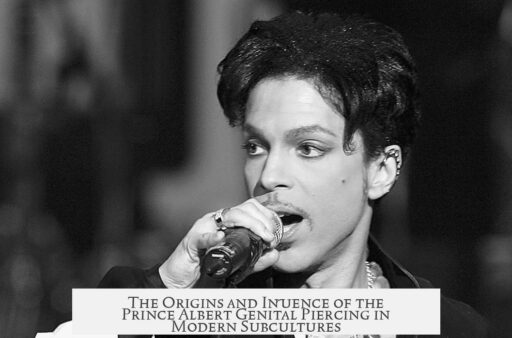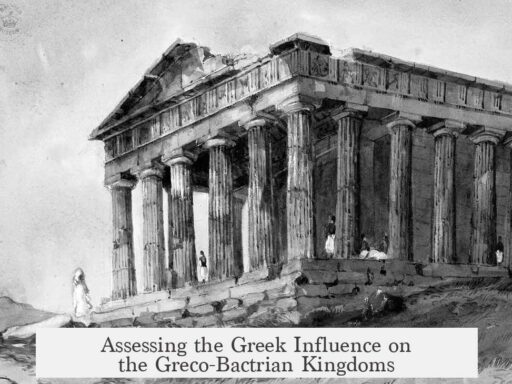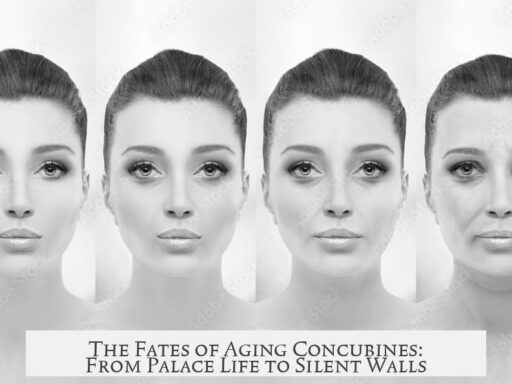The “Prince Albert” genital piercing received its name through a myth developed by influential 20th-century body piercers rather than documented historical fact. Pioneers such as Mr Sebastian, Fakir Musafar, Jim Ward, and Doug Malloy created a legendary origin story linking the piercing to Prince Albert, Queen Victoria’s consort, suggesting he used the piercing to conceal an “overly obvious bulge.” This fabricated narrative added glamour and mystique, helping to popularize the term and the practice within contemporary subcultures.
The name “Prince Albert” does not come from confirmed historical evidence but from a deliberate myth-making effort. These piercers aimed to forge a deeper history and allure for genital piercings as they reintroduced and innovated piercing styles in the late 20th century. They intertwined fact, fiction, and creative storytelling to elevate the status of body modification and generate interest across sexual and alternative fashion communities.
The popularity of genital piercings like the Prince Albert grew as a part of a broader resurgence during the latter half of the 20th century. This revival took place mainly in Western countries and aligned with changing attitudes toward sexuality and personal expression. Piercers played a vital role in spreading the practice by establishing professional techniques, creating appealing jewelry designs, and fostering a culture around sexual empowerment and body autonomy.
Several key figures contributed significantly to this movement:
- Mr Sebastian – One of the earliest modern professional piercers who helped normalize genital piercings.
- Fakir Musafar – A prominent body modification pioneer who emphasized the cultural and spiritual aspects of piercings.
- Jim Ward – Founder of one of the first professional piercing studios, he helped bring genital piercings into a safer, more mainstream sphere.
- Doug Malloy – Instrumental in popularizing and mythologizing various piercing types, including fabricating backstories like that of the Prince Albert.
These individuals not only refined the technical side of piercings but also shaped their cultural context. By creating evocative histories, they induced fascination and made genital piercings a symbol of rebellion, sexual identity, and aesthetic freedom. The fabricated stories transformed piercings from obscure acts to trendy statements within subcultures.
Genital piercings had some historical precedents but were neither widespread nor commonly named before the 20th century. Roman satirists such as Martial and Juvenal mentioned penile “pins,” potentially used by performers to enhance sexual appeal. Other references appear in texts like the Kama Sutra, where genital piercings served as sexual adornments. However, the direct link between these early practices and the modern Prince Albert piercing is tenuous and mostly speculative.
The modern trend broke from the historical context by focusing on personal and sexual expression among open-minded subcultures. It spread notably in communities interested in fetish, BDSM, queer identity, rock and punk scenes, and broader body modification networks. These groups valued piercings as markers of individuality, sexual confidence, and nonconformity.
In the 20th century, genital piercing took on new meaning:
- Emphasized aesthetics combined with sexual function.
- Offered enhanced sensations and novel sexual experiences.
- Served as a statement of alternative identity and empowerment.
- Provided a visual signifier within social and subcultural groups.
The combination of professional piercing techniques, accessible jewelry, and the mythologized stories contributed to the rapid dissemination of the “Prince Albert” piercing. Public interest surged alongside shifting social norms regarding sexuality and body art. Media coverage, magazines on alternative culture, and word-of-mouth in these subcultures kept the trend alive and expanding.
| Topic | Details |
|---|---|
| Origin of Name | Mythic story invented by 20th-century piercers, not historical fact |
| Key Popularizers | Mr Sebastian, Fakir Musafar, Jim Ward, Doug Malloy |
| Historical Precedents | Roman and Kama Sutra references but no direct link |
| Subculture Spread | Alternative sexual, fetish, BDSM, queer, and punk scenes |
| Cultural Meaning | Sexual expression, identity, body autonomy, and aesthetic fashion |
This narrative reflects the evolution of genital piercing from obscure and rarely documented acts into widely recognized forms of body art within specific countercultural groups. The Prince Albert’s striking mythology and the role of pioneering artists were decisive in shaping modern perceptions.
- The Prince Albert piercing name emerged from a fabricated story created by 20th-century piercers to add allure and history.
- Notable figures like Mr Sebastian, Fakir Musafar, Jim Ward, and Doug Malloy promoted the term and practice within body modification communities.
- Genital piercings saw a resurgence in the late 20th century tied to sexual liberation and alternative fashion subcultures.
- Historical mentions exist but do not directly connect to the contemporary Prince Albert piercing.
- The practice spread through subcultures emphasizing sexual expression, identity, and body autonomy.
How Did the “Prince Albert” Genital Piercing Get Its Name? Unraveling the Mystique and Subcultural Spread
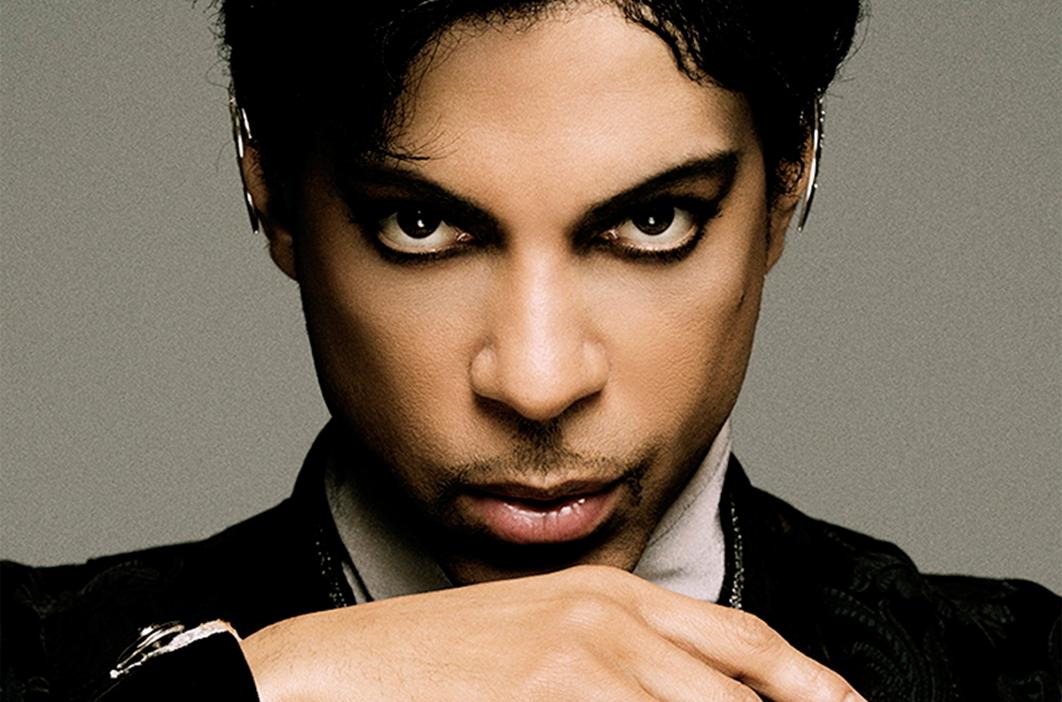
The Prince Albert genital piercing owes its intriguing name not to verified history but to a clever myth crafted in the 20th century by pioneering figures in the body modification world. While many assume this piercing dates back to Victorian times because of its noble-sounding title, the reality is far quirkier—and possibly more strategic. Curious how a piercing got linked with Queen Victoria’s consort, Prince Albert? Let’s take a spin through the origins, popularizers, and how this piercing’s fashion flared up across modern subcultures.
“Prince Albert”: A Royal Name with an Unroyal Backstory
Imagine being a piercing artist in the 1970s—promoting something as bold as genital jewelry called for flair and flash. Enter the narrative architects of body modification: Mr Sebastian, Fakir Musafar, Jim Ward, and Doug Malloy. These trailblazers shaped not just the art and technique of piercing, but also its storytelling.
The name “Prince Albert” was likely concocted by these figures to infuse the piercing with glamour and intrigue. Supposedly, Prince Albert wore such a piercing to keep an “overly obvious bulge” under wraps when wearing tight trousers—a tidbit that raises eyebrows and skepticism among historians. No solid evidence exists that Prince Albert actually sported this piercing. This clever myth acts as a marketing tool, giving a dash of aristocratic charm to what was otherwise a bold, alternative choice of adornment.
In short, this piercing owes its name more to the charm of legend-makers than to royal fashion archives.
Pioneers Who Popularized the Prince Albert and Modern Genital Piercing
Who really fueled the rise of genital piercings in contemporary culture? The 20th century saw a surge led by influential body artists who not only created new piercing techniques but also sparked public interest through storytelling and style.
- Mr Sebastian was among the first recognized professional piercers to introduce genital piercings to wider audiences.
- Fakir Musafar, often dubbed the “father of modern primitive,” advocated for piercing as a form of personal expression and spiritual exploration.
- Jim Ward and Doug Malloy further expanded the community, refining practices and spreading knowledge, helping piercings like the Prince Albert gain traction.
These individuals created a community and culture around body modification. They crafted romantic tales and histories not to deceive, but to attract people intrigued by the alternative, sexual liberation, and fashion statements offered by genital piercings.
The Resurgence of Genital Piercing Fashion in Subcultures
But how did genital piercing spread beyond the studio and into subcultures? In the latter half of the 20th century, Western societies experienced a renaissance of sexual expression coupled with alternative fashion. Piercings like the Prince Albert symbolized boldness, nonconformity, and sexual identity.
Though body piercing has ancient origins—references crop up in Roman satirical writings where comedians are noted to wear penile “pins” to boost sexual appeal—how piercing was practiced or named in those eras differs notably from today’s scene. The modern resurgence stems from sexual openness, performance art, fetish scenes, and communities celebrating body modification as lifestyle and identity.
In clubs, underground parties, and among fetish circles, genital piercings became markers of belonging and personal expression. This wasn’t some arbitrary trend; it was tied to notions of empowerment, sexuality, and sometimes, practical features like heightened sensation.
Why Does the Prince Albert Remain Popular?
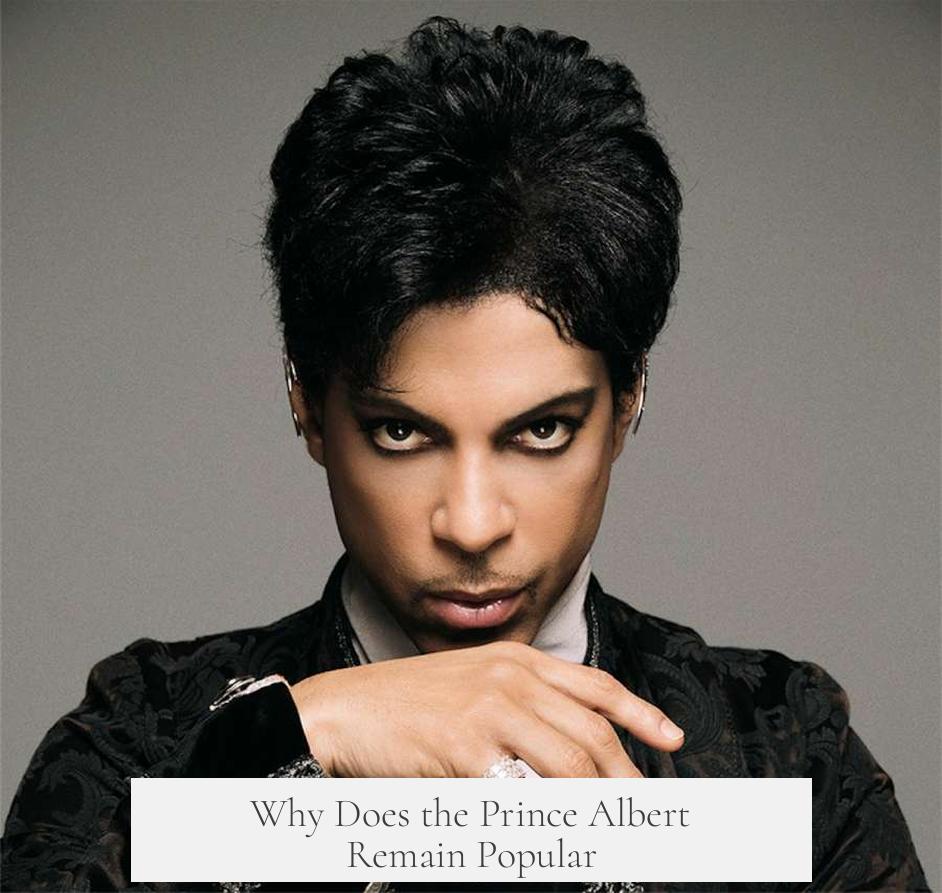
Aside from its mystique, the Prince Albert offers more than just a cool name. Practically speaking, it’s one of the more straightforward genital piercings. It can enhance sexual pleasure for some, and it certainly stands as a statement.
For those interested in getting one, booking with a professional piercer experienced in genital work is essential. The pioneers mentioned earlier set high bars for hygiene and technique, which modern practitioners continue.
Lessons from the Prince Albert Story
- Myth serves marketing: Stories matter and can ignite curiosity or admiration even when they’re invented.
- Community drives trends: The collaborative efforts of piercers and body artists grew a niche into a cultural phenomenon.
- Sexual identity and fashion intertwine: Piercings like the Prince Albert signal more than decoration—they convey personal narratives.
Reflecting on the Prince Albert’s Place in Body Modification
So, next time someone mentions their “Prince Albert,” you’ll know it has more to do with 1970s creatives’ inventiveness than Victorian gentlemen’s wardrobe hacks. It highlights how subcultures reshape the past and take control of their meaning. It asks: Why does a piercing need a royal name? Because names sell stories—and stories sell culture.
In truth, the contemporary Prince Albert is less about an actual prince and more about the empowered individual who chooses to wear it—a daring emblem of identity, style, and perhaps a hint of cheeky rebellion toward the mainstream.
